Optimal Timing for Yard Mole Removal
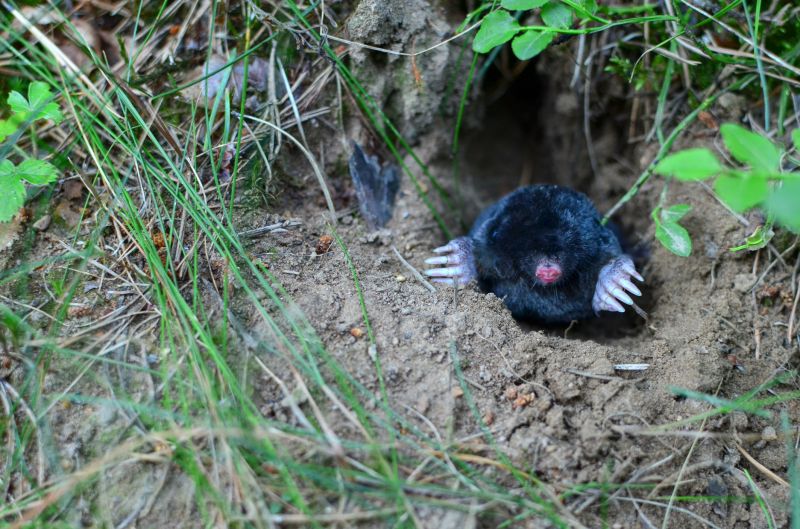
Yard moles are most active during spring when soil moisture levels are higher, making tunneling easier.
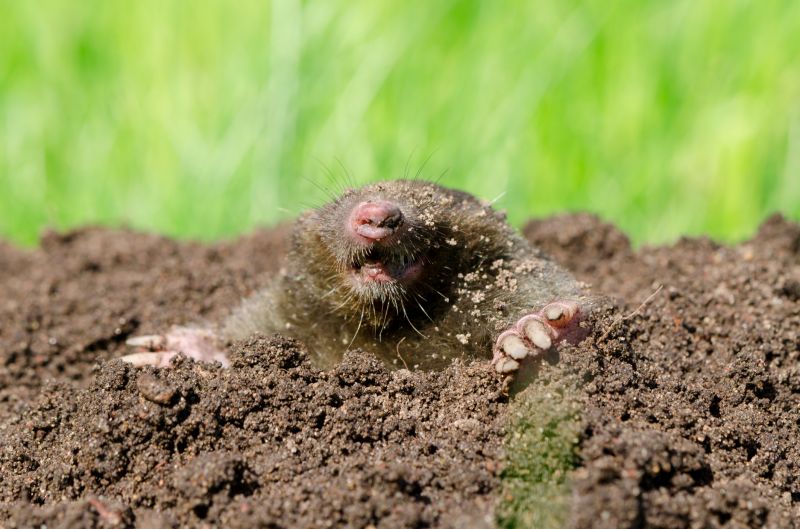
Summer months can be effective for mole removal, especially when soil becomes drier and less hospitable for moles.

Fall is also a suitable time as moles prepare for hibernation, leading to increased activity in yards.
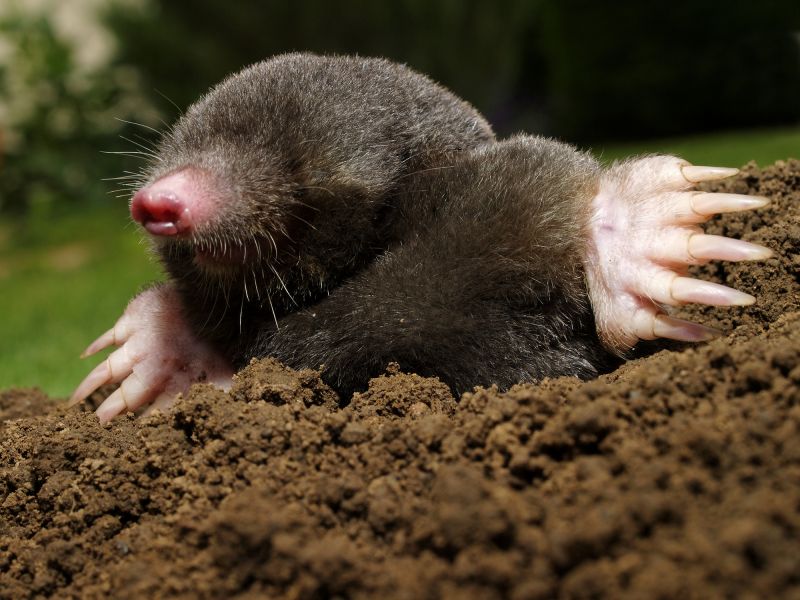
Ways to make Yard Mole Removals work in tight or awkward layouts.
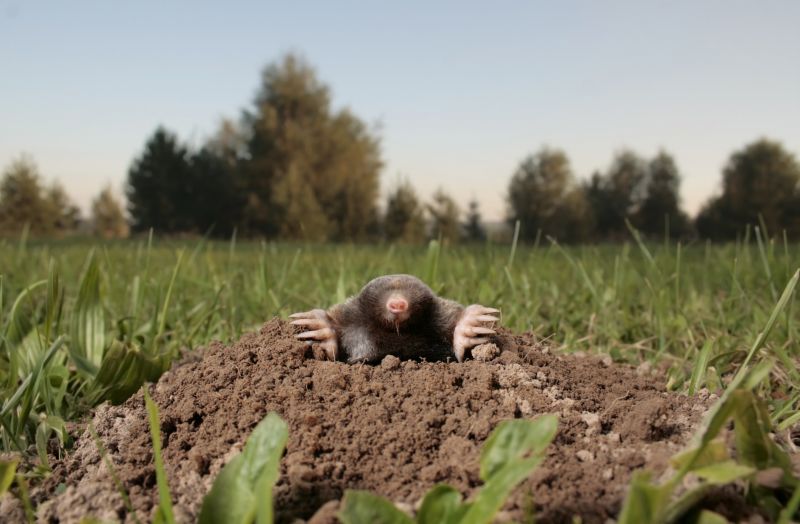
Popular materials for Yard Mole Removals and why they hold up over time.
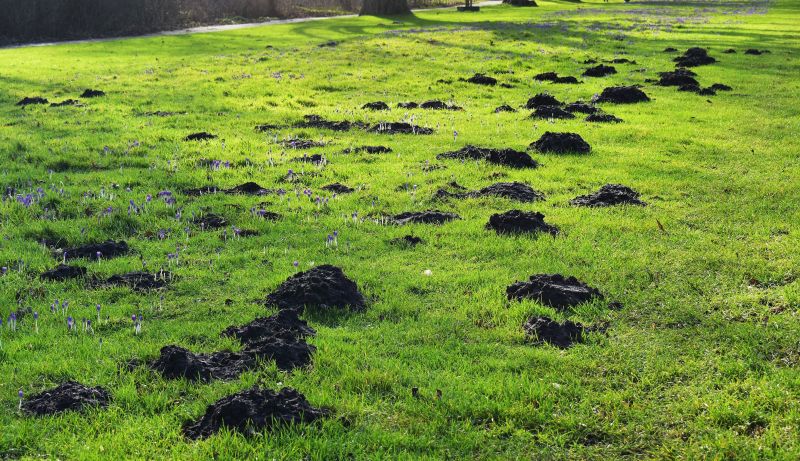
Simple add-ons that improve Yard Mole Removals without blowing the budget.

High-end options that actually feel worth it for Yard Mole Removals.
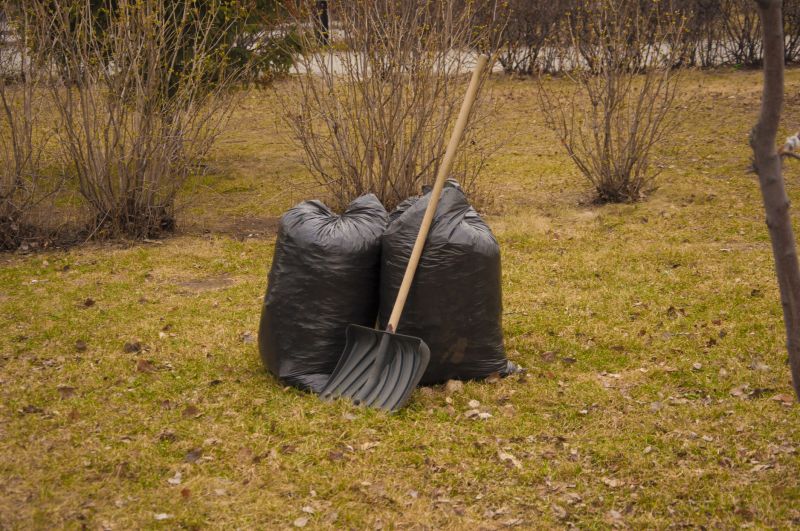
Finishes and colors that play nicely with Yard Mole Removals.
Yard mole removal timing depends on the activity patterns of moles, which are influenced by soil conditions and weather. Moles tend to be most active when soil is moist and soft, typically during spring and fall. During these periods, their tunneling activity increases, making it easier to locate and remove them effectively. Additionally, early summer can be a good time for removal efforts when moles are actively searching for food and establishing new tunnels. Timing treatments during peak activity ensures better results and reduces the likelihood of re-infestation.
Statistics indicate that yard mole activity peaks during the moist seasons, with a significant increase in tunneling and surface mounds. Proper timing of removal can reduce yard damage, which includes disrupted turf, uneven ground, and unsightly mounds. Conducting removal efforts during these active periods can lead to more efficient control, minimizing ongoing damage and the need for repeated treatments.
Moles are solitary creatures that spend most of their time underground, feeding on insects and earthworms.
Surface mounds, raised tunnels, and damaged turf are common indicators of mole activity.
Trapping and baiting are common methods, with timing aligning with peak activity for best results.
Reducing soil moisture and removing food sources can help prevent future infestations.
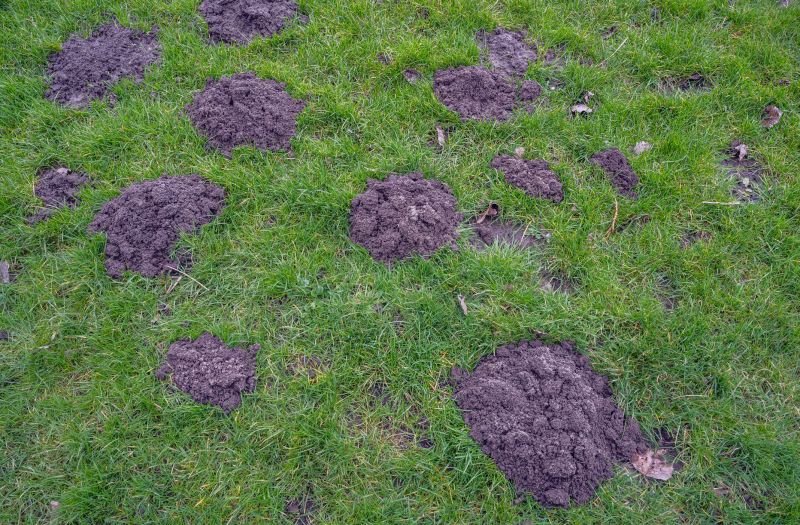
Underground tunnels created by moles can be extensive and difficult to detect.

Raised soil mounds are visible signs of active mole tunneling.
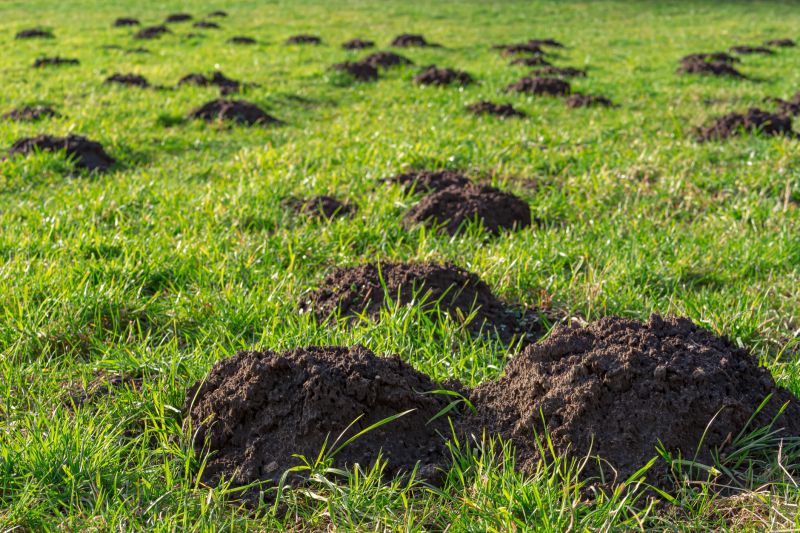
Uneven patches and loose soil indicate mole activity beneath the surface.
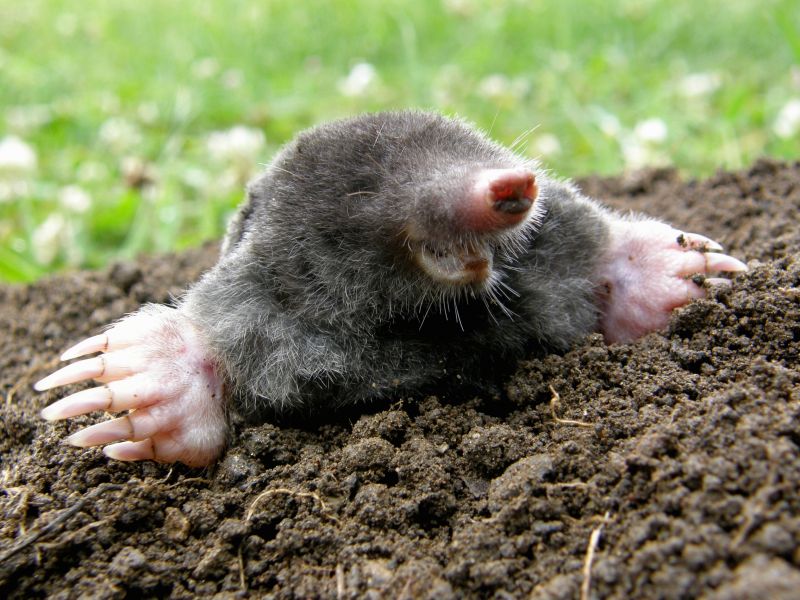
Effective tools for humane removal of moles during peak activity periods.

Use of bait can be timed with mole activity peaks for better control.

Loose, moist soil facilitates tunneling and makes removal easier.

Surface disruptions can lead to compromised lawn health and aesthetics.

Modifying yard conditions can reduce mole attraction and activity.
| Season | Optimal Activities |
|---|---|
| Spring | Target active tunnels and set traps during peak activity. |
| Summer | Monitor for signs of activity; implement control measures as needed. |
| Fall | Increase trapping efforts; prepare yard for winter by reducing mole habitats. |
| Winter | Limited activity; focus on habitat modification and prevention. |
Effective yard mole removal relies heavily on timing. Engaging in control efforts during periods of high activity ensures better success rates. Spring and fall are generally regarded as the best times, as soil conditions favor tunneling and moles are actively searching for food and territory. Proper timing not only improves removal efficiency but also reduces the chances of recurring infestations.
Understanding seasonal behavior and environmental conditions can aid in planning and executing successful mole control strategies. Combining timely removal with habitat modifications, such as reducing soil moisture and removing food sources, can help maintain a mole-free yard over the long term.



